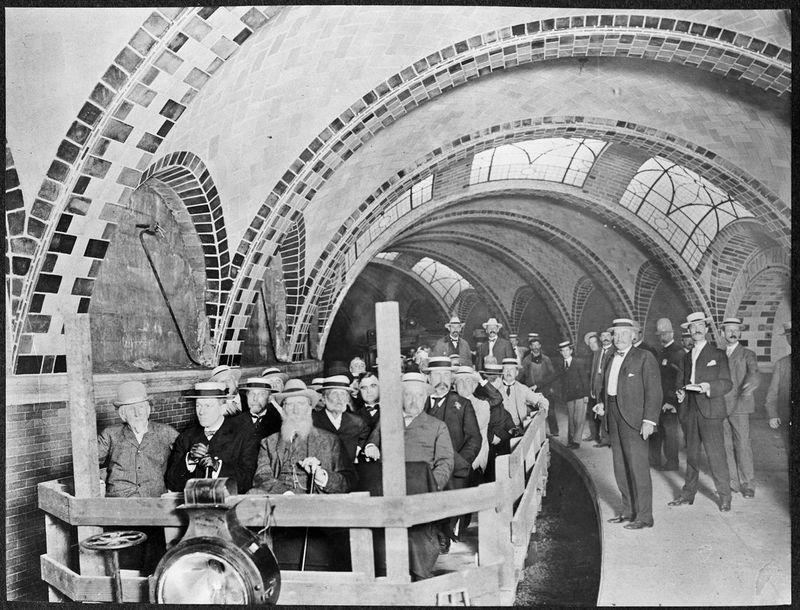Evolution Of Subway Cars
Subway lines were starting to open left and right underneath New York City. The subways that you see today are drastically different from the ones used at the beginning of the subway system. The subway first opened on October 27, 1904, and parts of it were owned by the IRT and other parts by the BRT. The Interborough Transit Company (IRT) and the now Brooklyn Rapid Transit Company (BRT) were the first two private companies that controlled parts of the New York City subway system. The IRT unveiled the “Composite Car” on the grand opening day. The first IRT cars were streamlined and fancy, especially for the time period. The Composite Car sported wooden frames with copper and steel supports. They also had fabric seats, a door for each side of the train, and manual openings for each car. In order to compete, The BRT used a wooden car also for their set of train tracks, except the structure of the train was comprised almost completely of wood and offered no safety or comfort to its passengers (image). However, despite the dangerous appearance the car had, it saw use till 1918. Unfortunately, it had stopped because one of the wooden cars crashed and killed just under one hundred passengers. In 1915, the IRT introduced stainless steel car named the “Pullman”. The carts were not a huge upgrade in terms of the interior but provided a better framework. During the same time period, BRT set the “Standard” into action. It surpassed the IRT cars with steel bodies, wider and longer cars, and other quality of life changes that benefited the passengers.
The city opened a subway line called “City Cars” in 1932 that utilized the speed of the IRT cars and the wider, longer BMT cars. The cars were steel and had four doors on each side. This can be shown to reflect continued growth of the city and necessary additions to cut down on commuting times. By the time the 1950s rolled around, BMT and IRT were both purchased by the city and the R-15 car was pushed out. It was the first to include air conditioning within a car. It came with a lot of problems such as dripping coolant and making the air damp, so the system was later replaced with regular fans. 1966 was the first year that the air conditioning worked on the R-38 model cars.
Present day cars such as the R-142 and R-143 include technological advances such an electronic map. Furthermore, R-160 of 2005 includes LED displays for upcoming stops, route times and information. The cars are expensive, however necessary to continue the growth and consistency of the New York subways.
“New York City Transit - History and Chronology.” MTA | Capital Programs Second Avenue Subway, web.mta.info/nyct/facts/ffhist.htm.
Walker, Ameena. “A Visual History of NYC's Subway Cars.” Curbed NY, Curbed NY, 20 Sept. 2017, ny.curbed.com/2017/9/20/16305388/nyc-subway-history-mta-train-cars.
